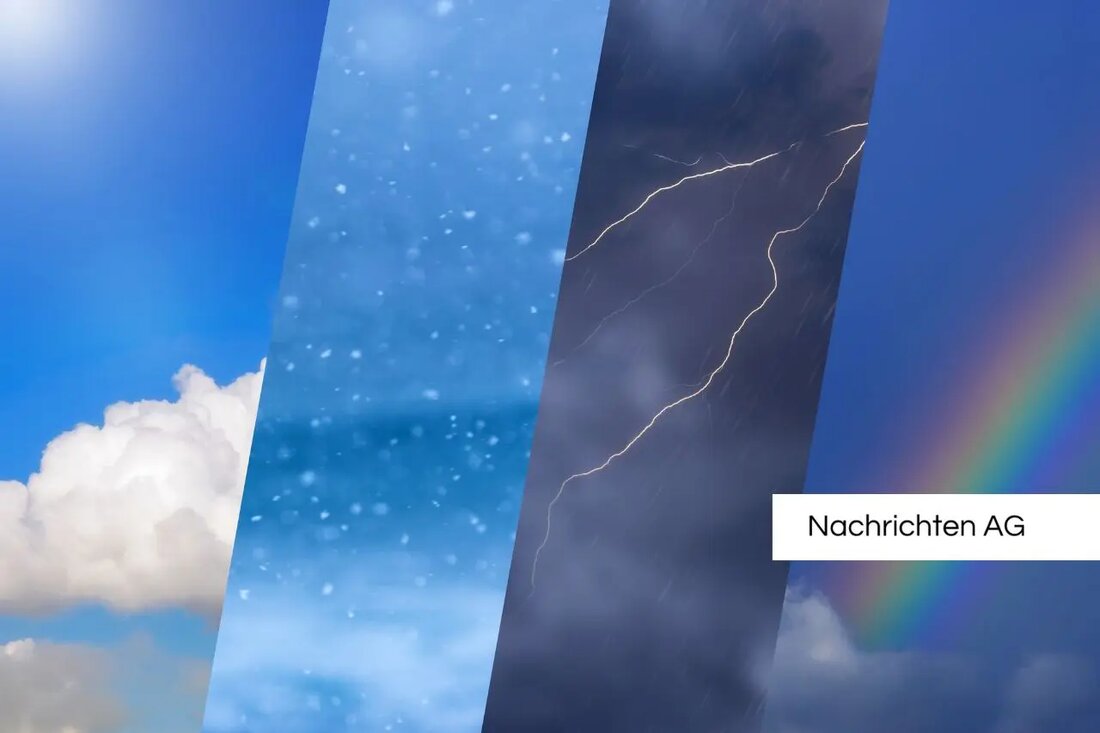Winter slump in Waldhessen: Snow and Sturm announce chaos!
Winter slump in Waldhessen: Snow and Sturm announce chaos!
At the weekend, winter has found its way into the Waldhessen region. First, the snow cover on the heights was visible before it spread to the valleys during the night of Sunday. This reports hna.de with an article that was published on January 5, 2025 at 1:19 p.m. The author of the article is Jan-Christoph Eisenberg.
While the Waldhessen region benefits from a fresh snow cover, the weather in other parts of Germany can prove to be changeable and challenging. According to the current reports of Weather forecasting Wetterpringe.de Cold conditions can be expected, together with possible storms and significant smoothness. Especially in winter below 700 meters there is still a catch-up requirement, while a snow front should move to the northeast and reach Mecklenburg-Western Pomerania in the evening.
weather course and temperature development
The temperatures are expected to fluctuate around freezing, and initial precipitation can initially fall in the form of snow. Gusty wind from the southwest brings warm air masses to Germany, which temporarily brings temperatures of up to +12 degrees in the southwest. This snow will quickly pass into snow and rain, which results in possible chaotic weather conditions. At night, the warm air mass prevails throughout Germany, and on Monday spring temperatures from +10 to +15 degrees can be expected. A thaw is predicted to higher layers, accompanied by temporary precipitation and strongly gusty wind.
Already on Tuesday it is expected that polar air is pulling towards the Alps, whereby the snowfall limit between +1 and +5 degrees should be. On Wednesday and Thursday, a border development under polar air mass could be emerging, with the air mass border expected south of Cologne and Berlin. The temperatures in the south could rise above +10 degrees, while in the north it remains around freezing. Rowl in the south could fall as rain up to heights of 1,200 meters, while along the air mass boundary to deeper layers of snow. Lower Saxony, Schleswig-Holstein and Mecklenburg-Western Pomerania, on the other hand, will remain largely dry.
| Details | |
|---|---|
| Quellen | |


Kommentare (0)